10 incredible breakthroughs and innovations that have taken place at Great Ormond Street Hospital
The wards of GOSH have witnessed some of the world's most pioneering medical achievements
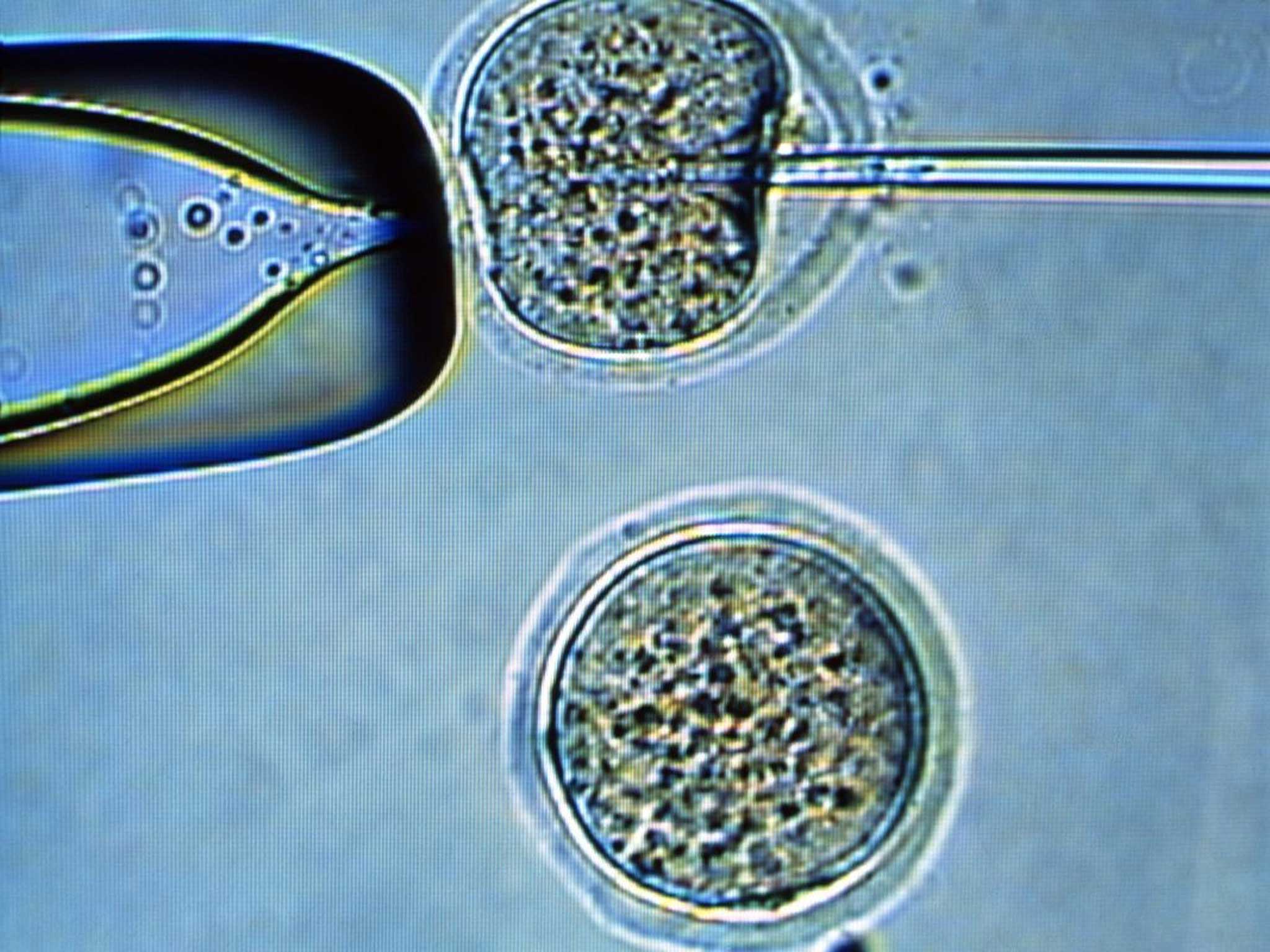
1. They successfully treated a one-year-old girl who had a leukaemia that was thought to be incurable
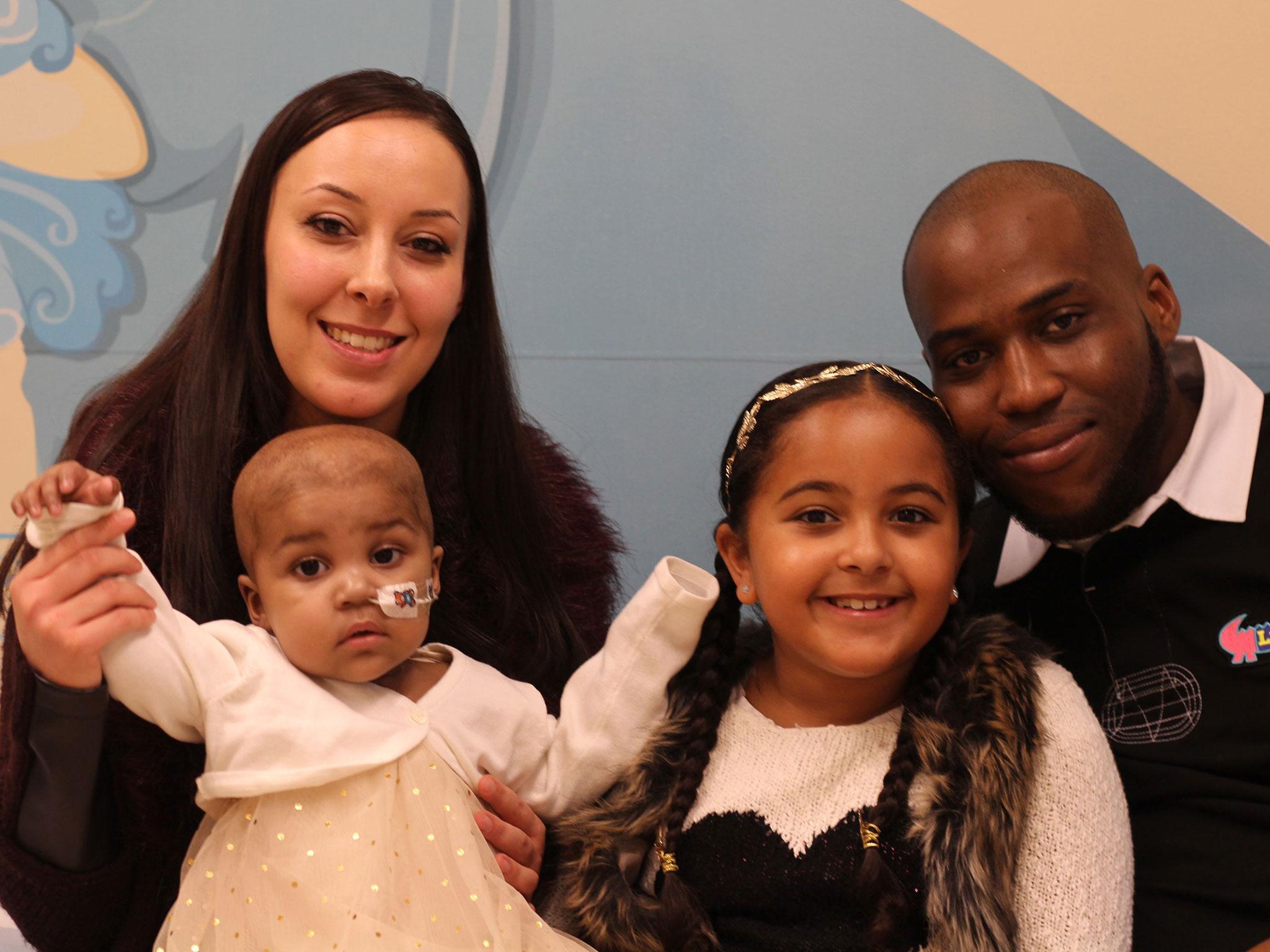
Layla Richards was diagnosed with leukaemia when she was 14 weeks old. After chemotherapy was unsuccessful, it looked like end-of-life care was the only option left for her. However, a new gene editing treatment was being developed at Great Ormond Street Hospital (GOSH). It had never been tested on humans, but with her parent’s permission, Layla became the first. She was given a small infusion (1ml) of specially designed immune cells that was programmed to hunt out and kill her cancer. Several months later, to the delight of her parents and everyone at GOSH, she was declared cancer-free.
2. They made a boy a pair of ears from his ribs
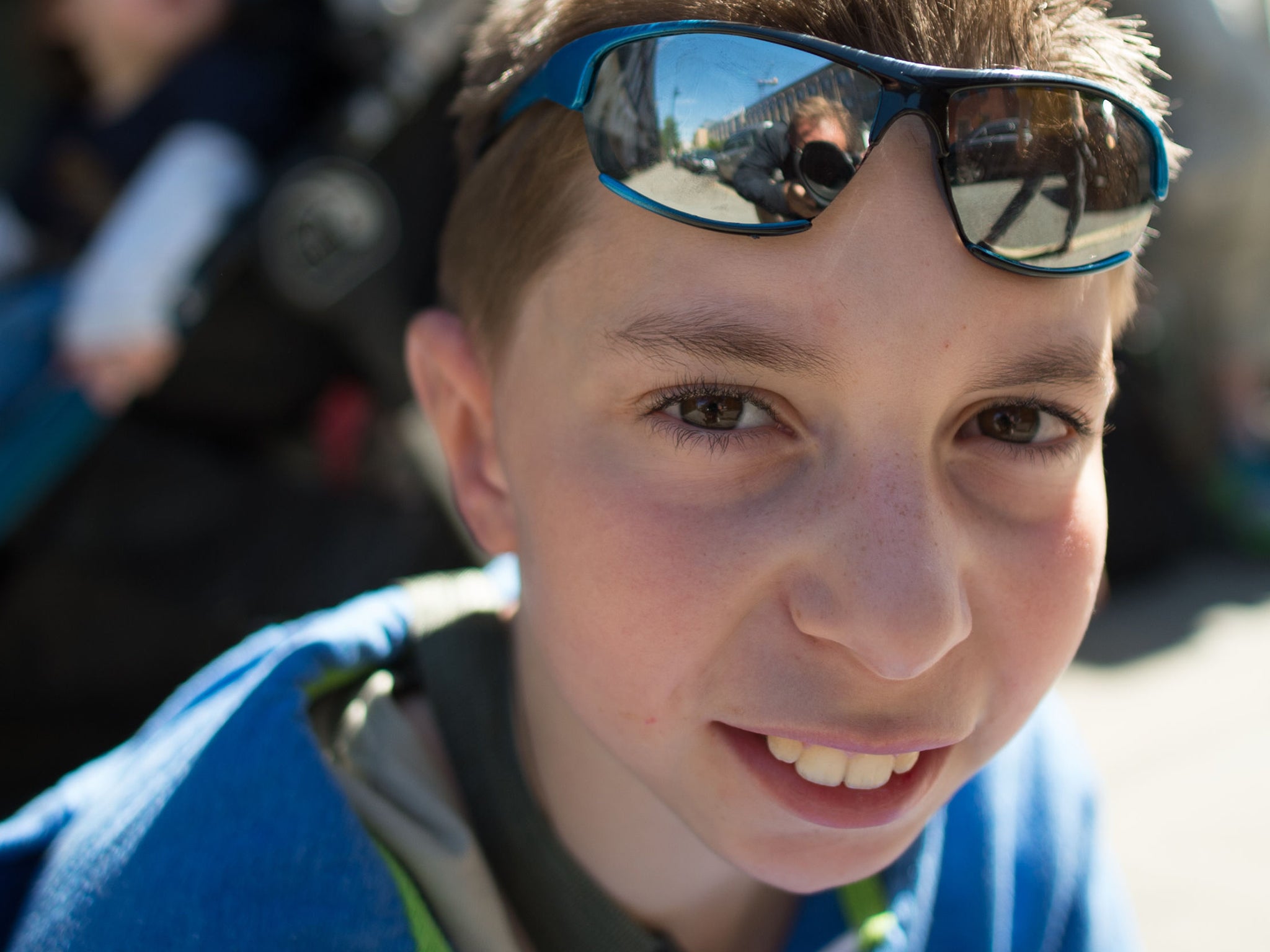
Kieran Sorkin was born without ears due to a rare condition called microtia. When he was little, he wanted to be able to wear sunglasses like his friends. As a baby, he came to GOSH, which performs more ear reconstructions than any other hospital in the UK. In 2014, surgeons took cartilage from his ribs, and sculpted them into a pair of ears, using the shape of his mother’s as a template.
3. They have a 3D printer that makes customised models of organs
GOSH teams discovered that a simple CT scan and 3D printer could create anatomically accurate 3D models of hearts and tracheas. Creating these models allows surgeons and anaesthetists to practice tricky procedures with different size equipment that are tailored exactly to patients. In 2015, the team used this technique to create a 3D printed tailor-made windpipe that allowed anaesthetists to trial a complex surgical procedure before taking it in to a young patient with a rare respiratory condition. This cut down the child’s time under anaesthetic.
4. They were the first hospital in Europe to offer home dialysis for children
Until 2010, children with kidney conditions had to come into hospital three times a week for four hours at a time for dialysis. Now they can be connected to their own machine from home, which reduces travelling to hospital, giving them far more freedom and a much better quality of life.
5. They found a way to ‘build’ organs using stem cells

Ciaran Finn-Lynch was born with a very narrow windpipe and difficulties breathing. In March 2010, his windpipe was removed at GOSH and replaced by a donor windpipe laced with Ciaran’s own stem cells so it would not be rejected. The pioneering technique is now being developed to try and create other organs, including the intestine and bladder.
6. They created the screening process the UK uses to spot genetic diseases before a child is born
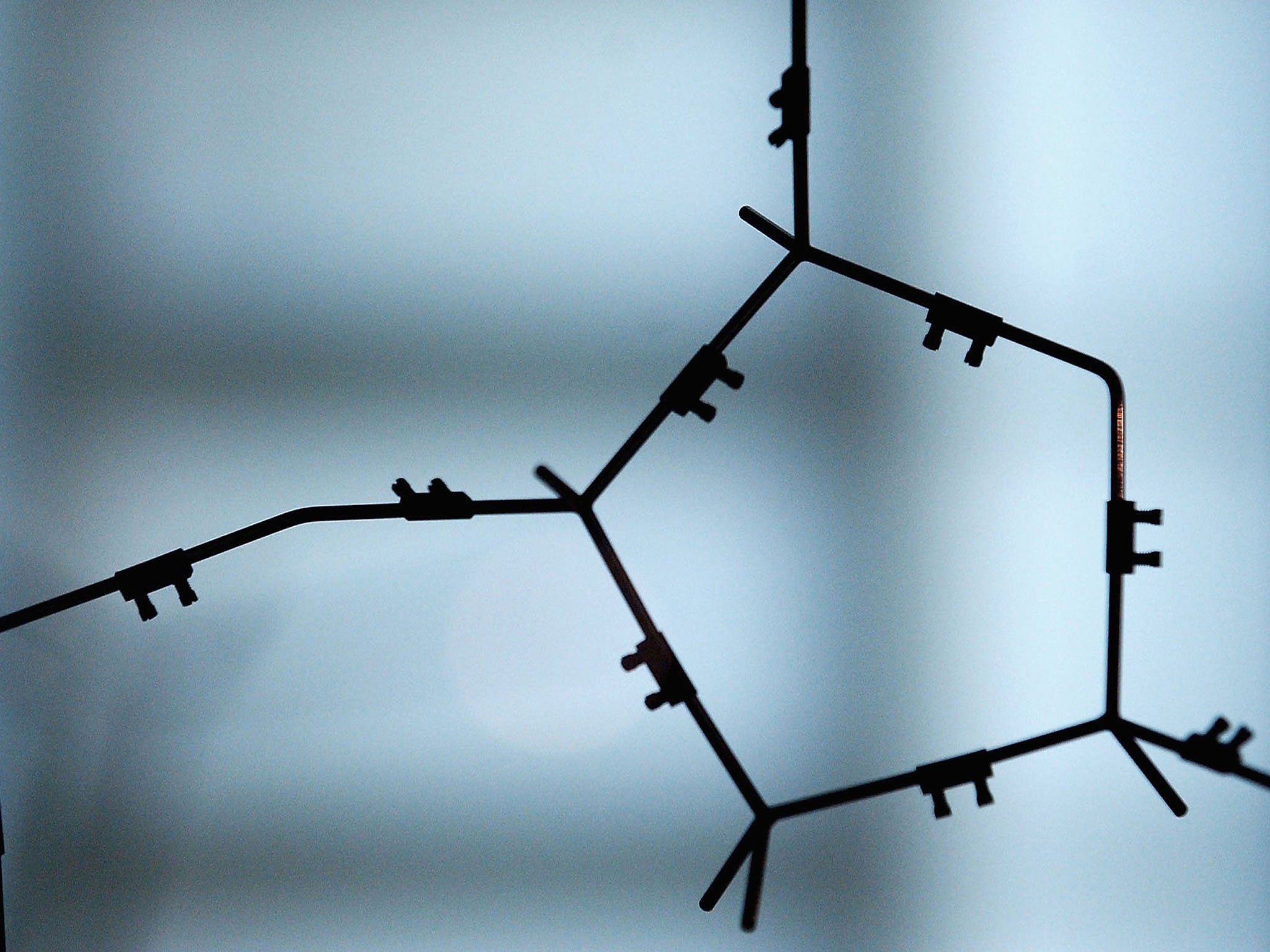
Thanks to the UK Newborn Screening Programme that GOSH set up in 2002, 99 per cent of babies born in the UK are now checked for a range of rare but potentially life-threatening genetic diseases. Because of this, they can now be identified at the earliest possible stage and begin treatment shortly afterwards.
7. They carried out the first successful gene therapy treatments

In 2001 doctors at GOSH used gene therapy to "cure" children who had a genetic condition that led to severe problems with their immune systems. Previously these children were forced to live in sterile “bubbles”. The ground-breaking treatment – where a faulty gene is replaced by a working gene – allowed the children treated to lead normal lives. It is now being applied to treat a range of genetic diseases of the immune system and may offer treatment for conditions such as haemophilia and cystic fibrosis in the future.
8. They produced the first successful vaccine for Rubella
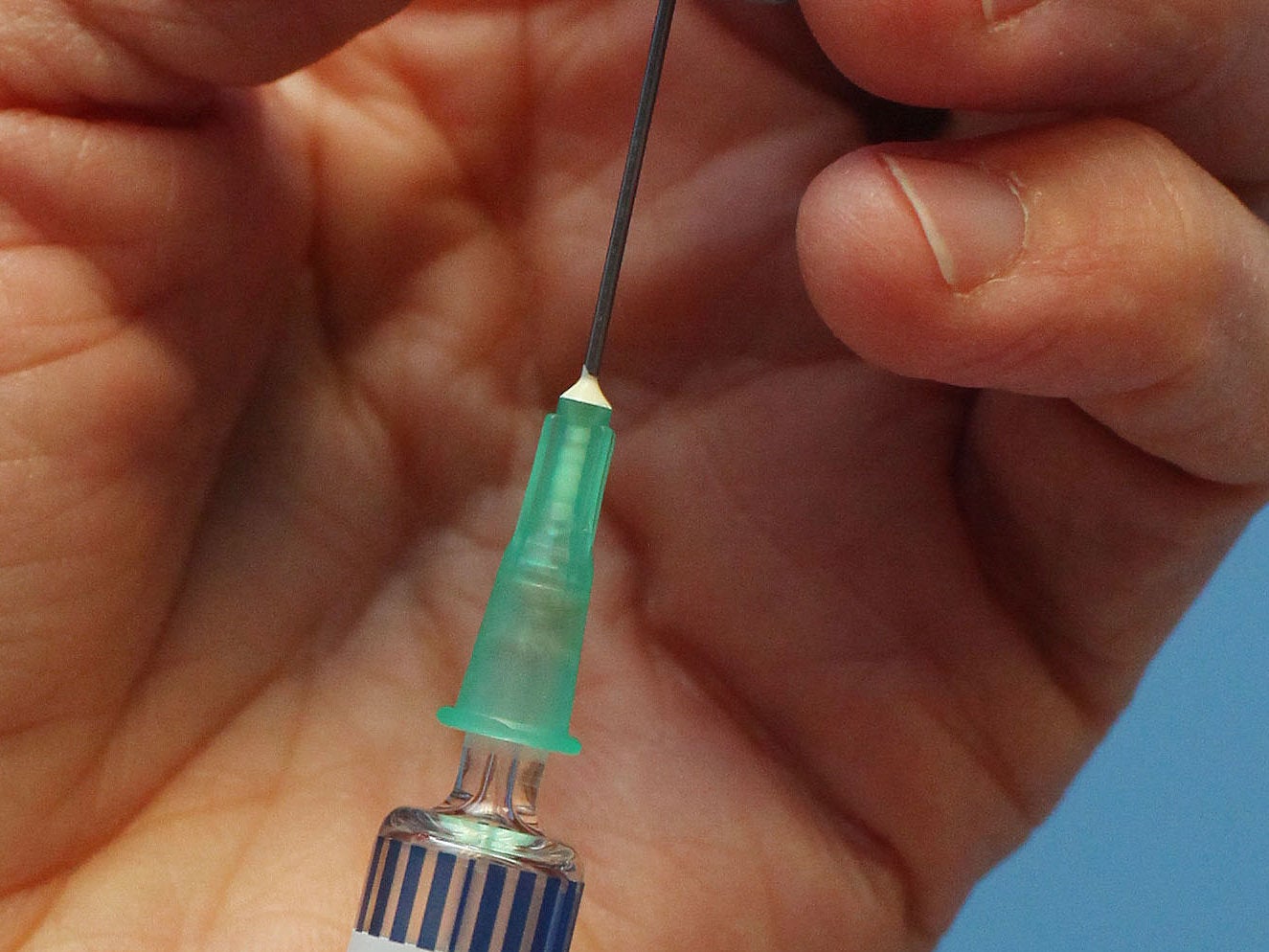
Back in 1967, GOSH successfully led the first UK trial into the rubella vaccine. Using a weakened version of the virus, their team were able to prove that the vaccine was safe. Three years later, in 1970, the UK-wide immunisation of girls and childbearing adult females was rolled out for rubella.
9. Roald Dahl helped them invent a new way to prevent brain damage in children
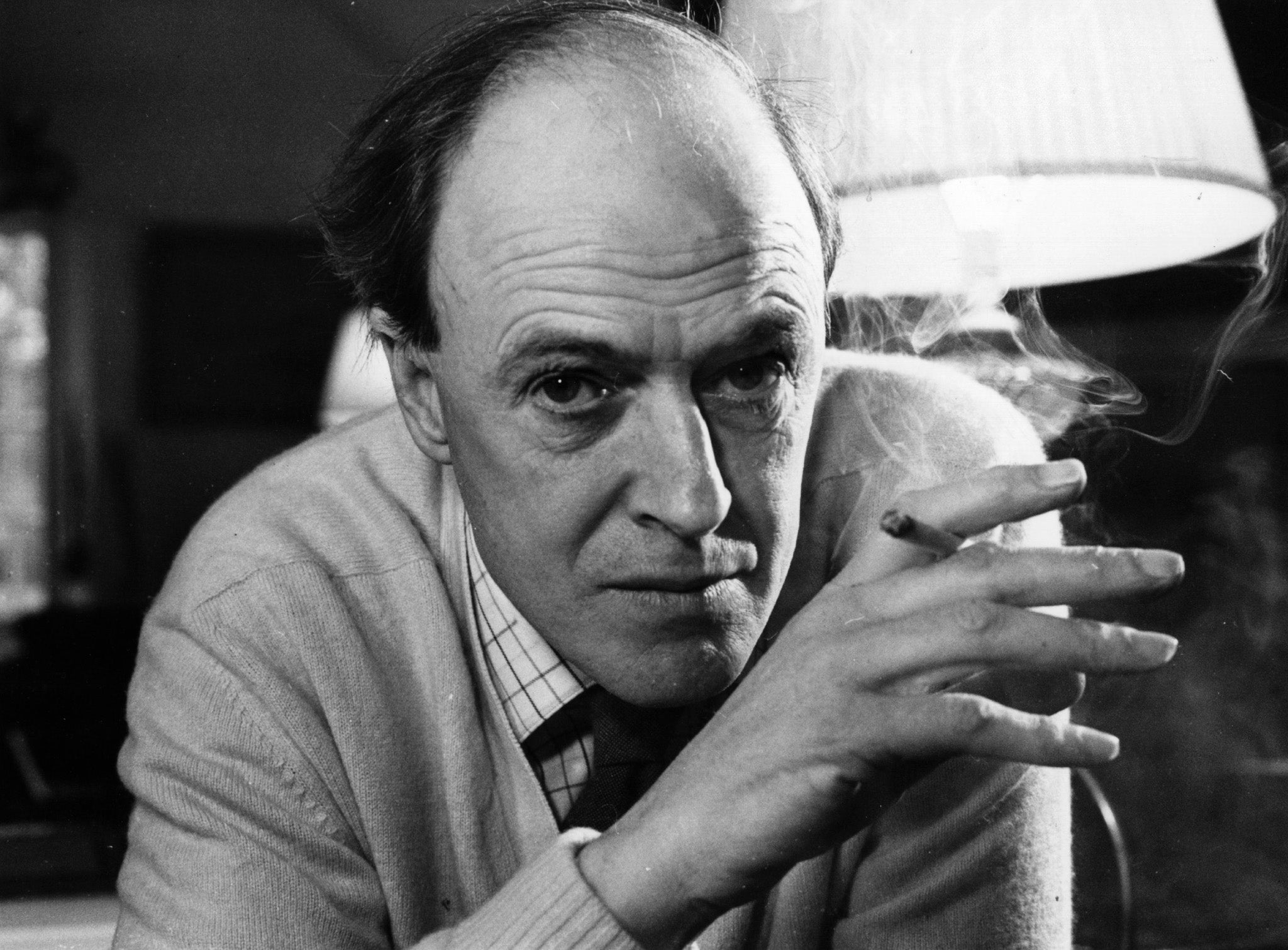
When Roald Dahl’s son Theo was injured in a car accident the author was dismayed by the lack of treatment options. In particular, his son was experiencing hydrocephalus, or water on the brain, and was at risk of brain damage. So, in 1962 the author joined forces with his friend Stanley Wade, a hydraulic engineer, and GOSH paediatric neurosurgeon Kenneth Till. Together, they created shunt valves for children, a new device to drain excess fluid away from the brain to relieve the pressure on it. The new shunt was robust, easy to sterilise and, crucially, didn’t jam like previous versions.
10. They revolutionised heart surgery for children

In 1962 the hospital pioneered the first heart and lung bypass machine for children, changing heart surgery forever. The machine temporarily takes on the role of patient’s heart and lungs allowing organs to “rest” and reducing damage that may be caused, GOSH is the largest centre for child heart surgery in the UK and one of the largest centres for heart transplantation in the world. Since the transplant programme began, the team have conducted over 500 heart and/or lung transplants.
To Give to GOSH go to: http://ind.pn/1Mydxqt
To find out more about our appeal and why we're supporting GOSH go to: http://ind.pn/1MycZkr
Join our commenting forum
Join thought-provoking conversations, follow other Independent readers and see their replies
Comments